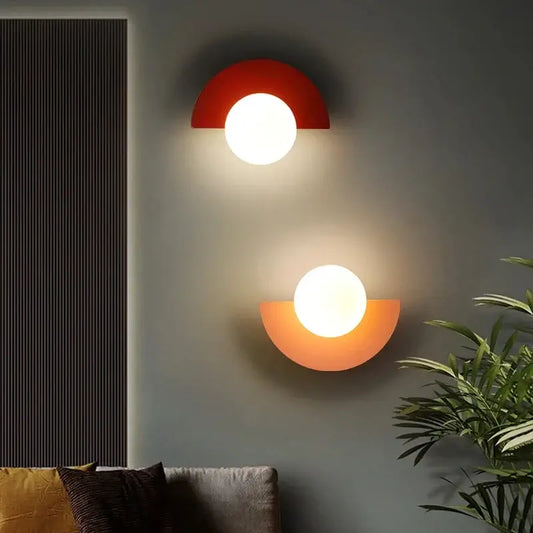Interior Design

Elegant Dining: Editor’s Picks #11
In the world of interior design, the dining experience is often overlooked. However, creating the perfect atmosphere for mealtime can elevate not just the decor of your home, but also...
Elegant Dining: Editor’s Picks #11
In the world of interior design, the dining experience is often overlooked. However, creating the perfect atmosphere for mealtime can elevate not just the decor of your home, but also...

What are the common pitfalls to avoid when refu...
Refurbishing your home can be an exhilarating yet daunting task. Many homeowners dream of transforming their spaces into havens of comfort and style. However, it’s easy to fall prey to...
What are the common pitfalls to avoid when refu...
Refurbishing your home can be an exhilarating yet daunting task. Many homeowners dream of transforming their spaces into havens of comfort and style. However, it’s easy to fall prey to...

Editor’s Picks #10: Elevate Your Home Decor
In a world where maximalism has taken centre stage, the Matte Ceramic Vase stands out for its simplicity and sophistication. This piece is not just a vase; it is a...
Editor’s Picks #10: Elevate Your Home Decor
In a world where maximalism has taken centre stage, the Matte Ceramic Vase stands out for its simplicity and sophistication. This piece is not just a vase; it is a...

How do I ensure my home reflects my personality...
Your home should be a canvas that tells the story of who you are. It's where you express your individuality, dreams, and personal history. But how do you ensure your...
How do I ensure my home reflects my personality...
Your home should be a canvas that tells the story of who you are. It's where you express your individuality, dreams, and personal history. But how do you ensure your...

Editor’s Picks #9: Bright Ideas for Your Home D...
As the seasons change, so do our interiors, and with them, our cravings for fresh and vibrant decor. In this week’s edition of Editor’s Picks, we explore a delightful trio...
Editor’s Picks #9: Bright Ideas for Your Home D...
As the seasons change, so do our interiors, and with them, our cravings for fresh and vibrant decor. In this week’s edition of Editor’s Picks, we explore a delightful trio...

What are some budget-friendly tips for refurbis...
Redecorating a room or even giving it a fresh new look doesn’t have to leave your pockets feeling empty. The joy of refurbishing your space lies in creativity, choosing the...
What are some budget-friendly tips for refurbis...
Redecorating a room or even giving it a fresh new look doesn’t have to leave your pockets feeling empty. The joy of refurbishing your space lies in creativity, choosing the...
Featured collection
-
Superb retro coffee ceramic cups - come in 8 different patterns
Regular price From £23.10Regular priceUnit price per£0.00Sale price From £23.10 -
Colourful Macaron LED Wall Lamp 10/12cm
Regular price From £30.45Regular priceUnit price per£0.00Sale price From £30.45 -
Halfmoon Metal Sconce. Comes in 2 different sizes and various colours.
Regular price From £54.60Regular priceUnit price per£0.00Sale price From £54.60 -
Classic Midcentury Modern Wall Lamp (10x25cm)
Regular price From £28.35Regular priceUnit price per£0.00Sale price From £28.35









